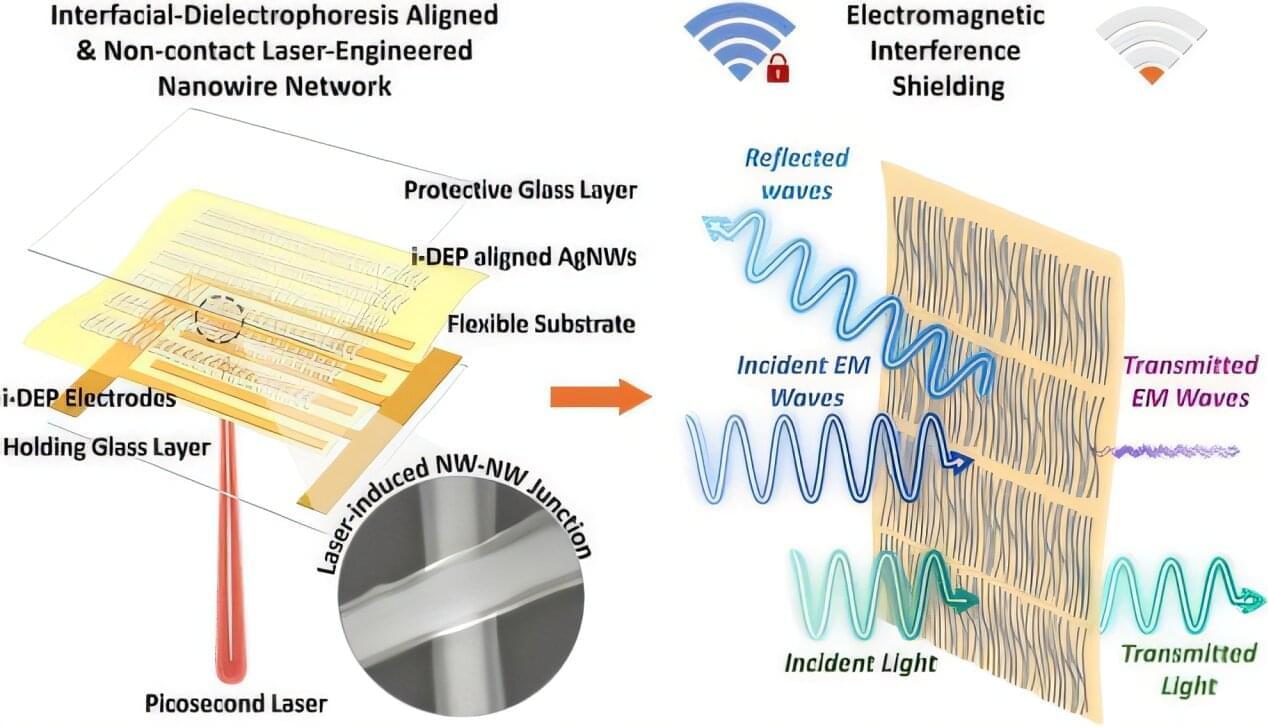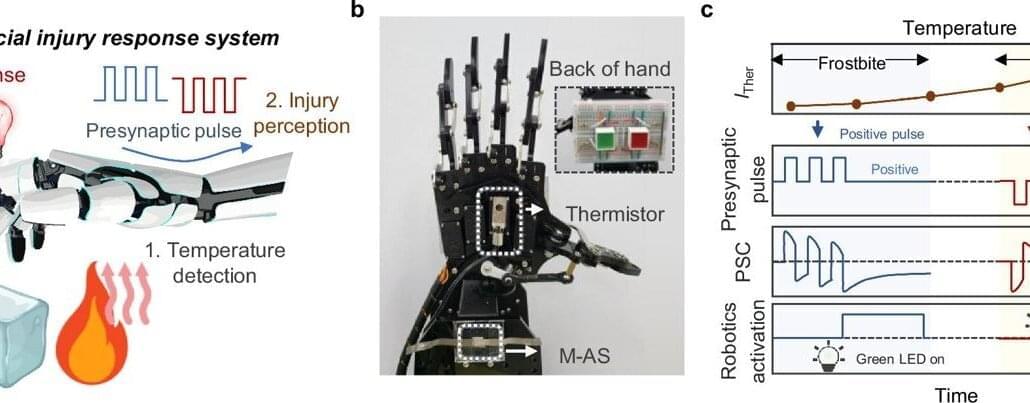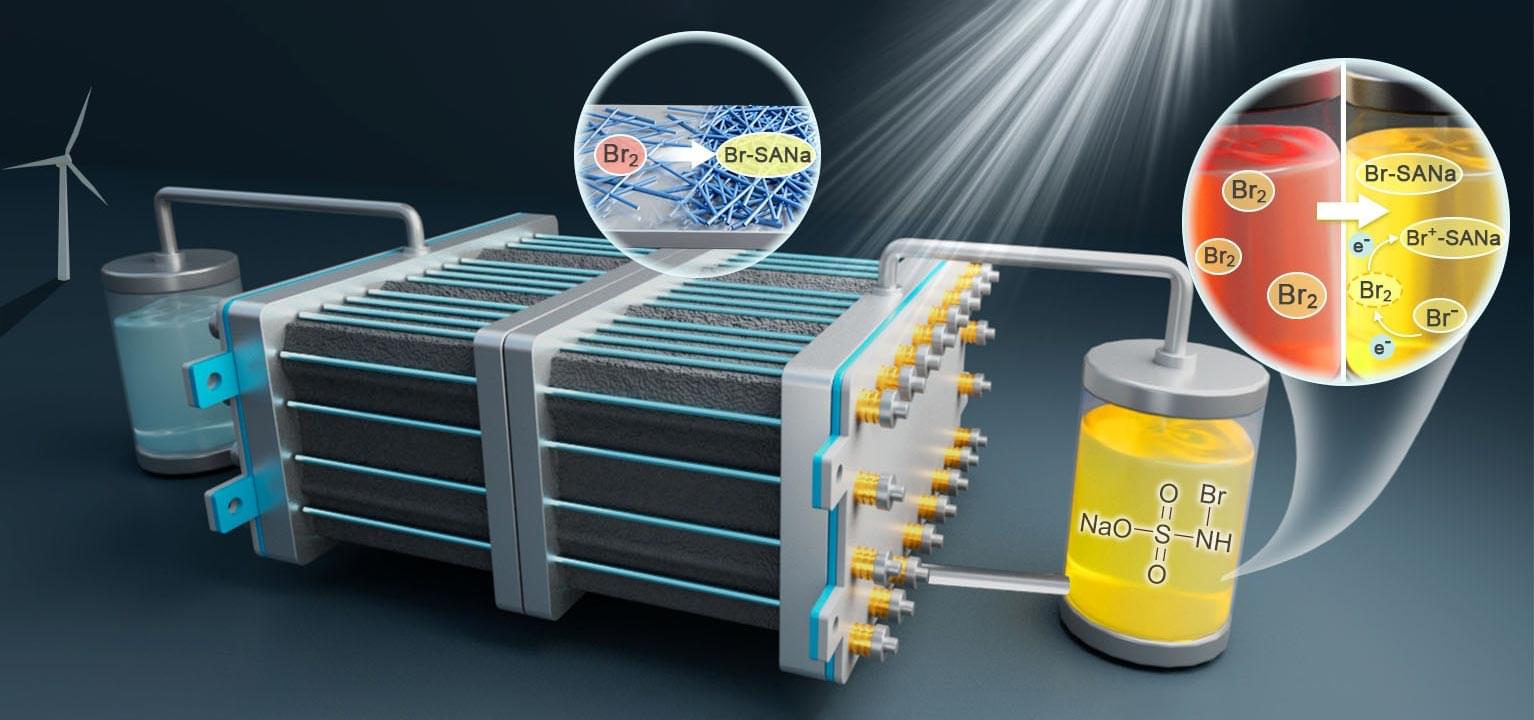A breakthrough development in nanofabrication could help support the development of new wireless, flexible, high-performance transparent electronic devices.
Researchers from the University of Glasgow’s James Watt School of Engineering have developed a new method of interfacial imprinting ultra-thin nanowires onto bendable, transparent polymeric substrates.
The team’s paper, titled “Laser-Engineered Interfacial-Dielectrophoresis Aligned Nanowire Networks for Transparent Electromagnetic Interference Shielding Films,” is published in ACS Nano.









